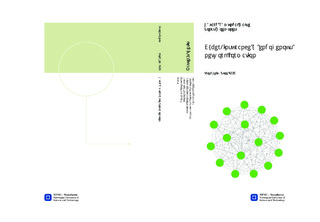| dc.description.abstract | Cyber-insurance is a powerful economic concept that can help companies in a world where cybercrime exist. From the early 80s, several researchers claimed that cyber-insurance had a bright future, and could become an important economic tool for handling residual cyber-risks.The market study for this thesis revealed that both the European and US cyber-insurance market have failed to become a relevant factor for the ICT industry. Even though the US market has matured more than the European market, they are both far away from realizing their potential. Innovative approaches to handle the unique problems of cyber-insurance are needed.This thesis takes a new approach towards solving some of the problems of cyber-insurance. First, network structures with properties that made them superior as cyber-insurance networks were found and characterized. Then several models for forming these network structures were introduced and analyzed using game theory and a simulation tool called Netlogo. In every model, new properties that relate the model to the real world and real-world insurance products are introduced. The results show that insurers can use the insurance premium as a tool for determining the resulting formation of the network. If the insurance premium is set to the right level, these superior structures will evolve. We believe our findings could help the cyber-insurance market evolve, by giving insurers a proper tool to better analyze and control formation of cyber-insurance networks. Further work should try mapping our models and simulations to real-world networks more extensively. This could be achieved by finding and introducing more realistic risk functions, and by letting nodes choose their neighbors by preference, not randomly. | nb_NO |

